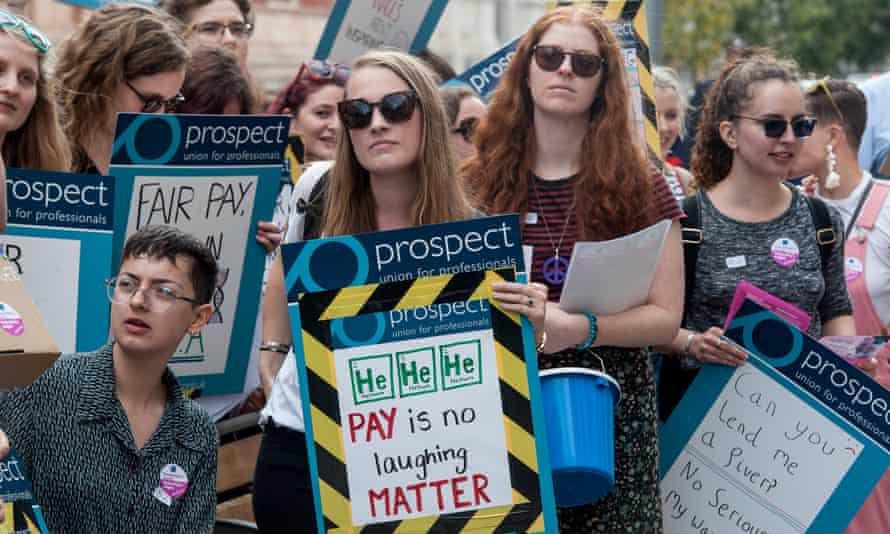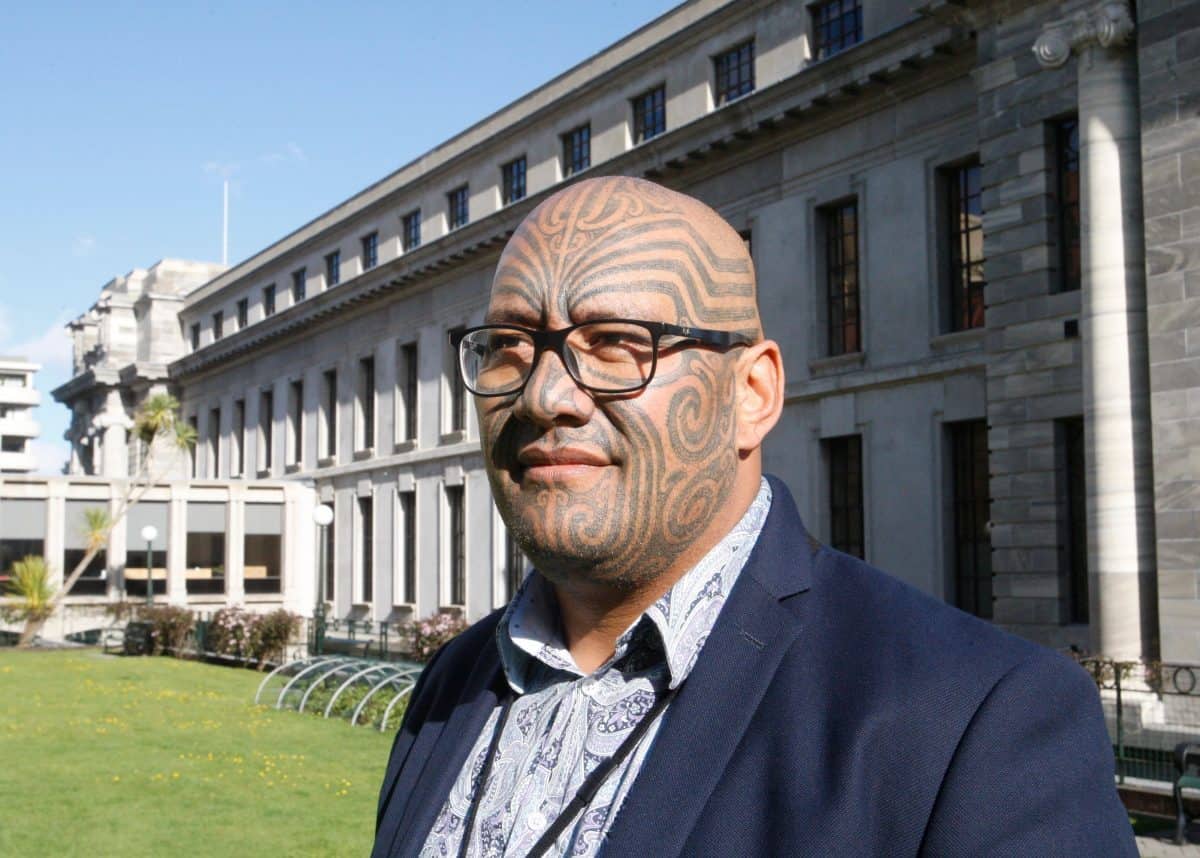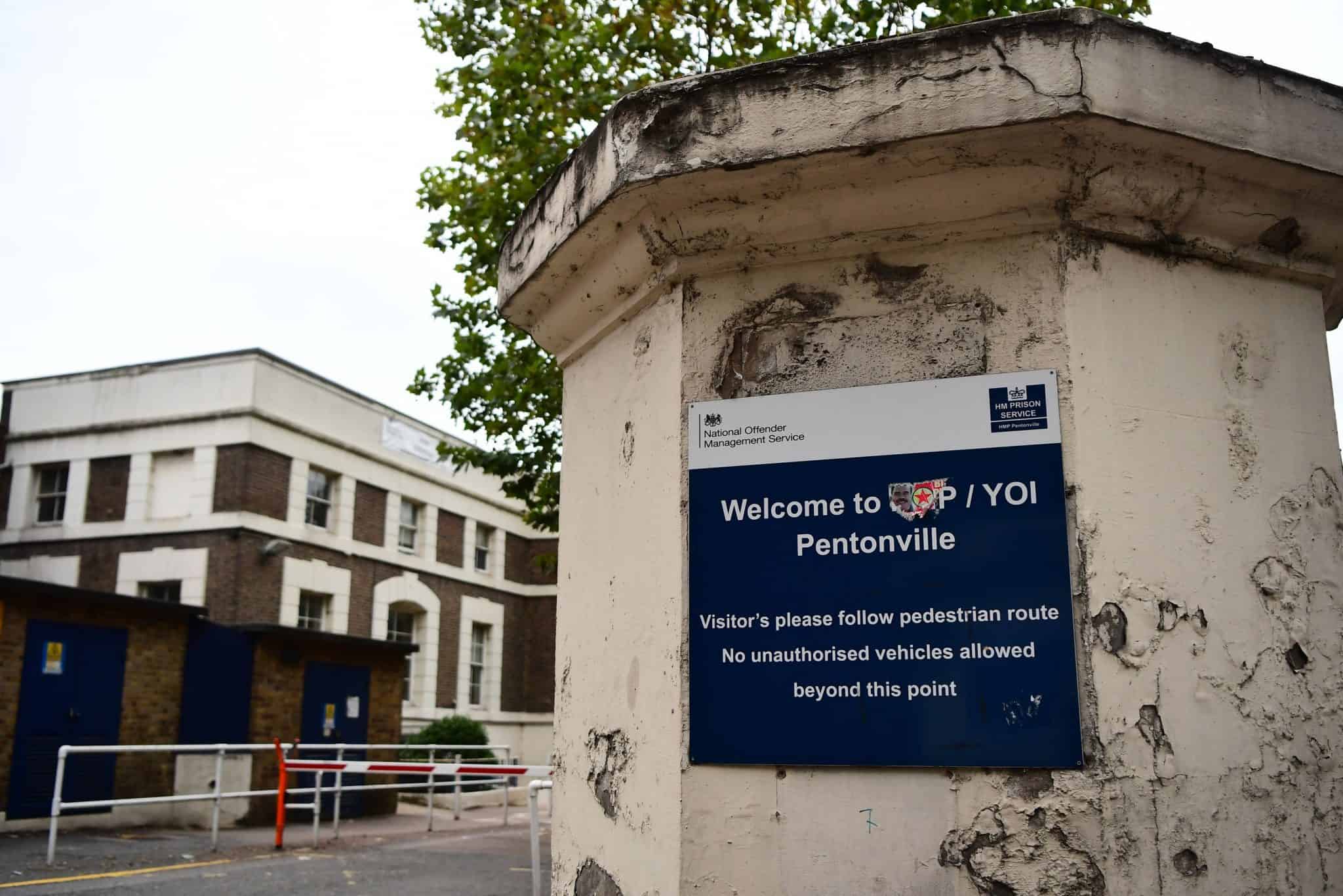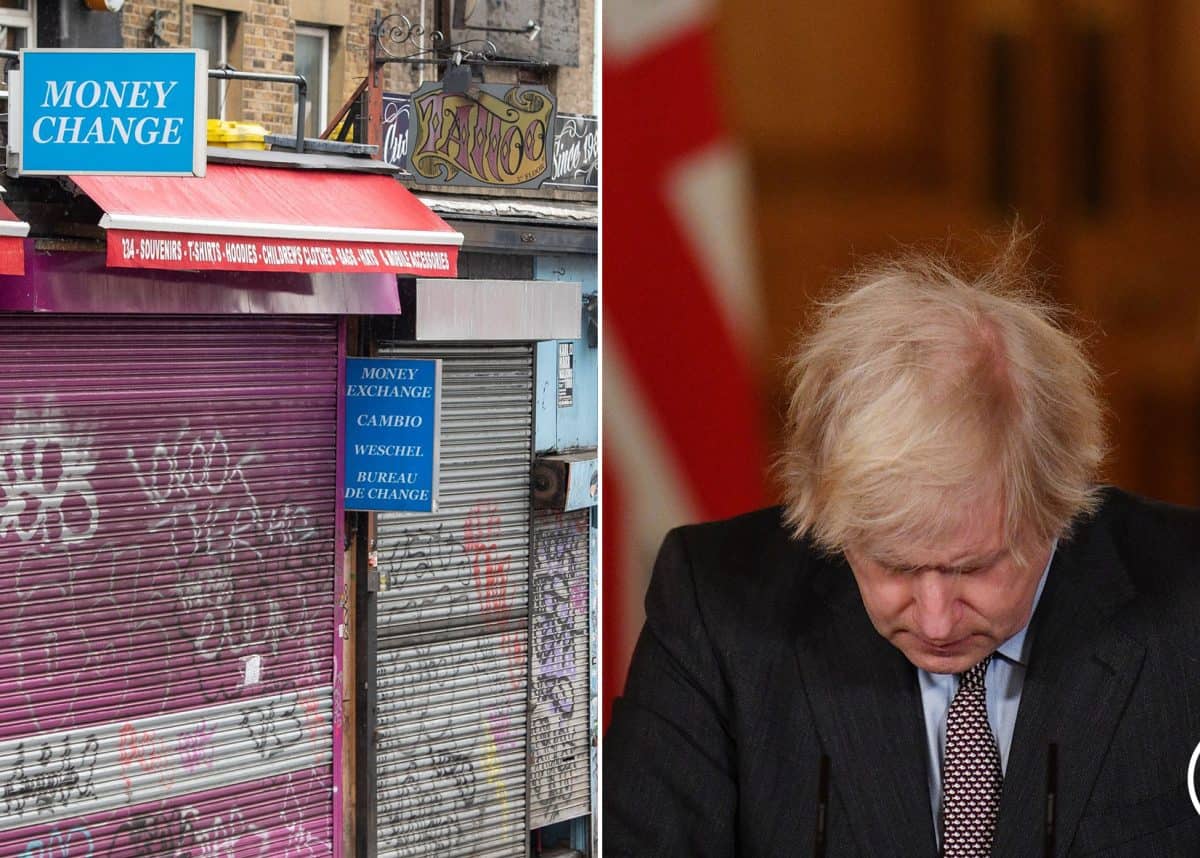Public consultation led by the MHRA is looking for views on the potential reclassification of two pill types

The MHRA’s Dr Sarah Branch said: ‘We hope to hear from as many people and women’s groups as possible.’ Photograph: Getty Images/iStockphoto
Edna Mohamed and agency
Fri 12 Feb 2021 22.40 GMT
Two types of the contraceptive pill could be sold over the counter for the first time, the government has announced.
As part of a public consultation, the Medicines and Healthcare products Regulatory Agency (MHRA) is looking for opinions on the reclassification of two progestogen-only pills.
If the medicines – Lovima 75 microgram film-coated tablets and Hana 75 microgram film-coated tablets – are reclassified, it will be the first time daily contraceptive pills will be available over the counter at a pharmacy.
At the moment, the contraceptive pill is only available on prescription following a medical consultation.
Dr Sarah Branch, director of vigilance and risk management of medicines at the MHRA, told PA Media: “Every response received will help us gain a better picture of whether people think the contraceptive pill with desogestrel [a synthetic form of progestogen] should be available over the counter. We hope to hear from as many people and women’s groups as possible.”
The proposals have been labelled a “positive step” by a consumer healthcare association.
Last year a report by a cross-party group of MPs found that many women in England were struggling to access contraceptive pills as a result of underfunding and cuts to services, which was only made worse by Covid-19.

Women in England struggling to access contraception as result of underfunding
Read more
The report warned that reduced access to contraception would affect marginalised groups the hardest, with young people possibly put off from going to see their GPs about contraceptives.
Advertisement
Michelle Riddalls, chief executive of PAGB, the UK trade association that represents the manufacturers of branded over-the-counter medicines, said the body backed the the reclassification of the pills.
“The MHRA consultation represents a landmark opportunity in women’s health and one which we hope will be viewed positively,” she said.
“Both Maxwellia [a British drugmaker] and HRA Pharma [a French drugmaker] have asked the MHRA to permit the sale of their progestogen-only pill products under the supervision of a qualified pharmacist.
“As expert healthcare professionals, pharmacists are fully equipped to offer advice to anyone seeking information about over-the-counter medicines.”
She said the application to reclassify the medicines had “particular significance as they are the first to seek over-the-counter licences for any form of daily contraceptive pill, 60 years after the pill in its original form was made available via prescription on the NHS for married women only.
PA Media contributed to this report
Edna Mohamed and agency
Fri 12 Feb 2021 22.40 GMT
Two types of the contraceptive pill could be sold over the counter for the first time, the government has announced.
As part of a public consultation, the Medicines and Healthcare products Regulatory Agency (MHRA) is looking for opinions on the reclassification of two progestogen-only pills.
If the medicines – Lovima 75 microgram film-coated tablets and Hana 75 microgram film-coated tablets – are reclassified, it will be the first time daily contraceptive pills will be available over the counter at a pharmacy.
At the moment, the contraceptive pill is only available on prescription following a medical consultation.
Dr Sarah Branch, director of vigilance and risk management of medicines at the MHRA, told PA Media: “Every response received will help us gain a better picture of whether people think the contraceptive pill with desogestrel [a synthetic form of progestogen] should be available over the counter. We hope to hear from as many people and women’s groups as possible.”
The proposals have been labelled a “positive step” by a consumer healthcare association.
Last year a report by a cross-party group of MPs found that many women in England were struggling to access contraceptive pills as a result of underfunding and cuts to services, which was only made worse by Covid-19.

Women in England struggling to access contraception as result of underfunding
Read more
The report warned that reduced access to contraception would affect marginalised groups the hardest, with young people possibly put off from going to see their GPs about contraceptives.
Advertisement
Michelle Riddalls, chief executive of PAGB, the UK trade association that represents the manufacturers of branded over-the-counter medicines, said the body backed the the reclassification of the pills.
“The MHRA consultation represents a landmark opportunity in women’s health and one which we hope will be viewed positively,” she said.
“Both Maxwellia [a British drugmaker] and HRA Pharma [a French drugmaker] have asked the MHRA to permit the sale of their progestogen-only pill products under the supervision of a qualified pharmacist.
“As expert healthcare professionals, pharmacists are fully equipped to offer advice to anyone seeking information about over-the-counter medicines.”
She said the application to reclassify the medicines had “particular significance as they are the first to seek over-the-counter licences for any form of daily contraceptive pill, 60 years after the pill in its original form was made available via prescription on the NHS for married women only.
PA Media contributed to this report














